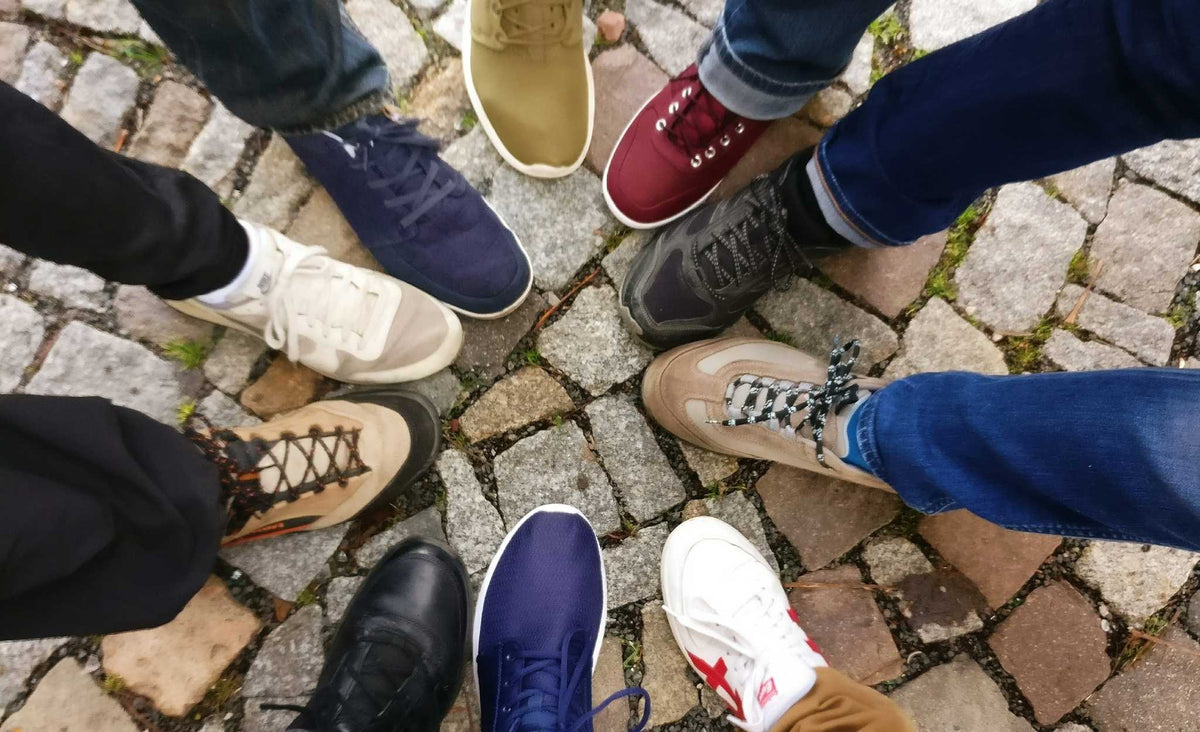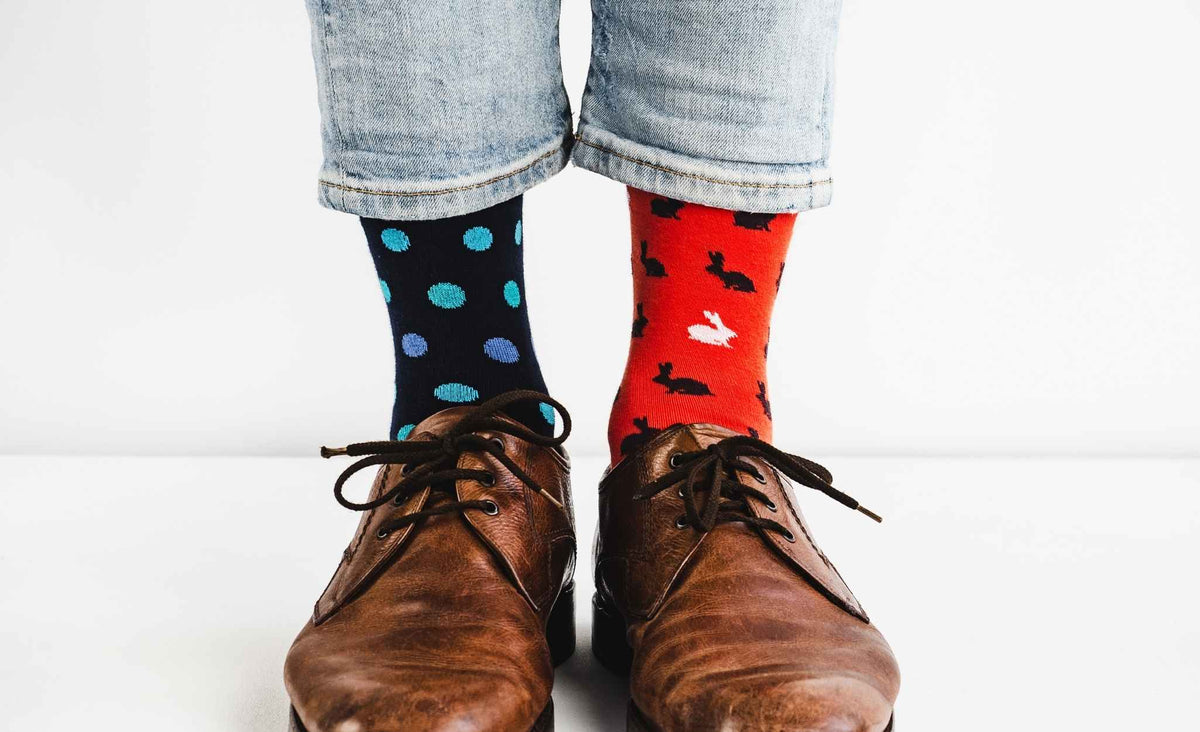WHICH SOCKS MATERIAL FITS YOUR RUNNING NEED
May 23, 2017

Few pieces of attire offer a runner such protection as socks, so little as it may be. Among the most essential properties of an athletic sock are moisture and padding. Keep in mind that the essential part of socks is to shield the foot from the running shoe itself. Sock thickness can likewise be used to tweak shoe fit. An outline of the fiber decisions accessible may help whenever you're looking for leggings.
Cotton
Cotton socks are solid, but not too flexible. They offer poor friction control and fail to hold their shape later on. In spite of the fact that they are the most straightforward and least costly socks to get, cotton socks should be avoided.
Cotton socks will be cooler than wool socks, which have a tendency to abhor heat. Dissimilar to wool socks, cotton socks are fine for machine washing, which is one less thing to stress over. Cotton is a delicate, normal fiber and won't tingle the way shoddy wool socks will.
Cotton socks, for better or for worse, offers more compared to wool socks, so makers tend to make more cotton socks. Most suitable for people with allergies as it is less likely to trigger any allergies. A few people are allergic to wool; less to cotton. In the event that purchasing socks as a present for another person, cotton is safer decision.

Wool
Wool is about absorption of moisture, rather than synthetics that repels moisture instead. It absorbs moisture better than cotton, but shrinks over time. The foot as a part of the human body perspires a lot; research shows that at rest, the normal foot produces 10 to 15 gallons of sweat every year. To satisfactorily keep your feet dry all day long, any synthetic fiber serves you better.
Due to the way wool fibers are pleated together, it has more mass than different filaments which permit it to hold warm. Perhaps your feet are always cool, or you work in an icy atmosphere, wool socks might be a superior fit. Wool fibers are both hydrophobic (repulses water) and hygroscopic, which is a technical way for saying that it can retain or radiate moisture. Truth be told, they – ‘wool strands’ - can absorb up to 1/3 of their own weight in moisture before feeling "wet".
The moisture it absorbs prevents static electricity from building up which gives you the confidence that you won’t get shocked on wearing a socks straight from the dryer. This may sound gross, however wool socks doesn’t really need to be washed after every wearing. If they’re exposed to air, or spot cleaned, they can be worn a couple times before being washed. Once you go to wash your socks, wool requires unique care. In a perfect world, wool socks would be hand-washed in water with almost no soap and after that left out to air dry. Machine washing wool socks is a bad idea!

Acrylic
Acrylic gives great padding and manages friction and moisture excellently. It is additionally among the milder synthetics. Your feet may feel clammy or cumbersome now and again, however acrylic is a good choice for runners.
Olefin
Olefin, which is produced using polypropylene, is one of the strongest fibers you can buy, and unquestionably is the best for wicking. It isn't quite flexible, in any case. Hence a superior decision would be polyester. Though
Share:
Leave a comment
Comments will be approved before showing up.







